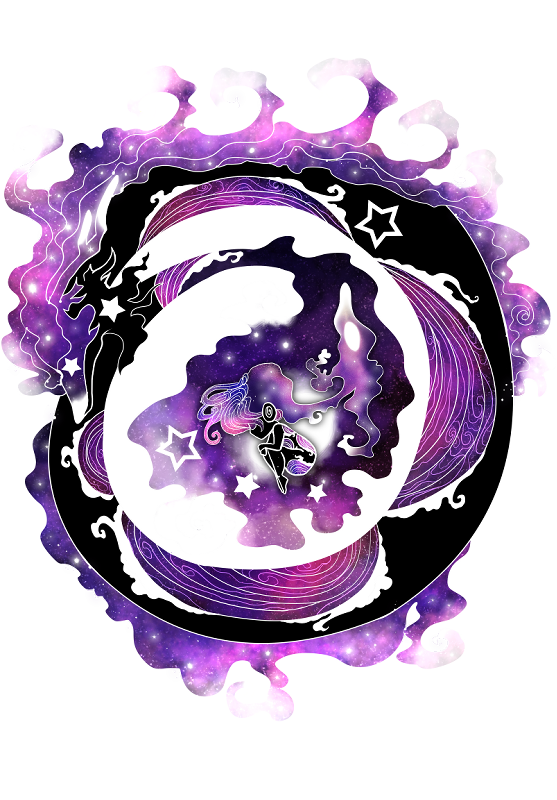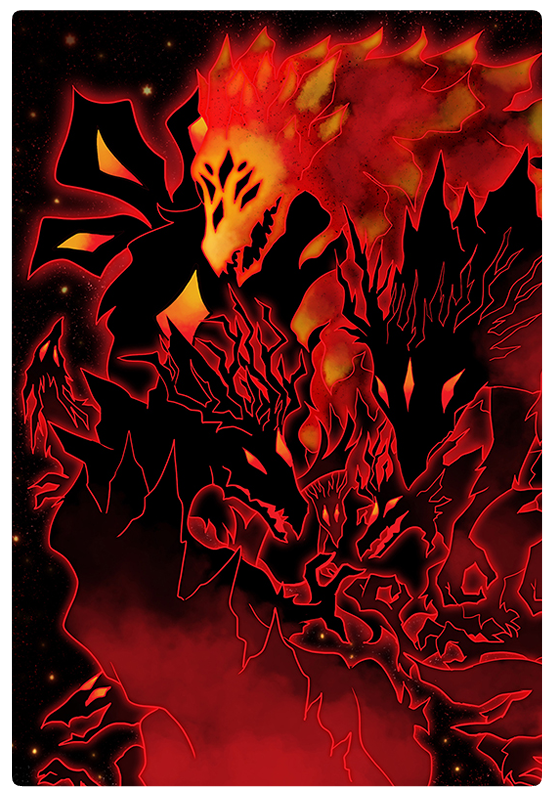★Welcome Explorers★

If you’ve found your way to this page, you must be as curious about these strange interstellar creatures as we are! Here you will find detailed species information, including how Galaxy Children are born, what types of galaxies they appear in, how they evolve, and natural predators.
To navigate the guide select a topic from the menu below:
Sightings Gallery
View the full gallery of unofficial sightings from Explorers just like you!
Submit A Sighting
Have you documented/drawn a sighting of a Galaxy Child, Draco, or Light? Add your contribution to our Sightings Gallery!
Request Field Assistance
Have a question about the Galaxy Children Universe? Submit an assistance ticket and our researchers will get back to you as soon as possible!














